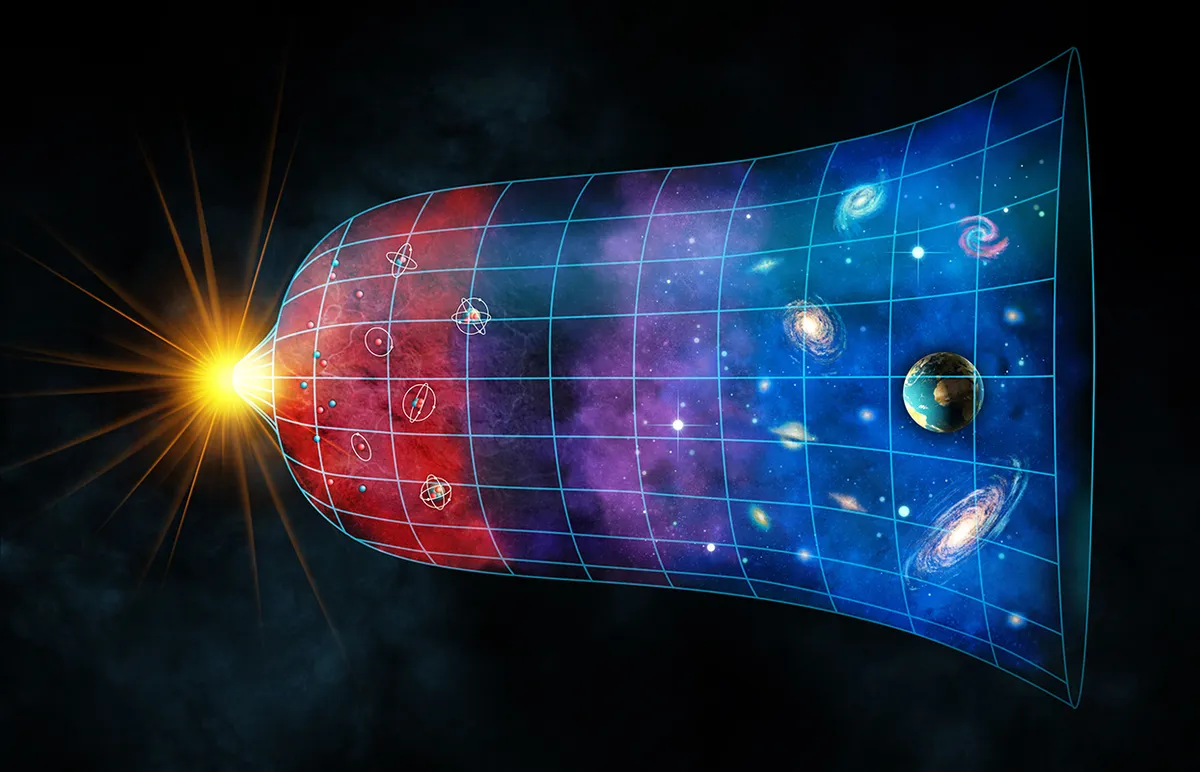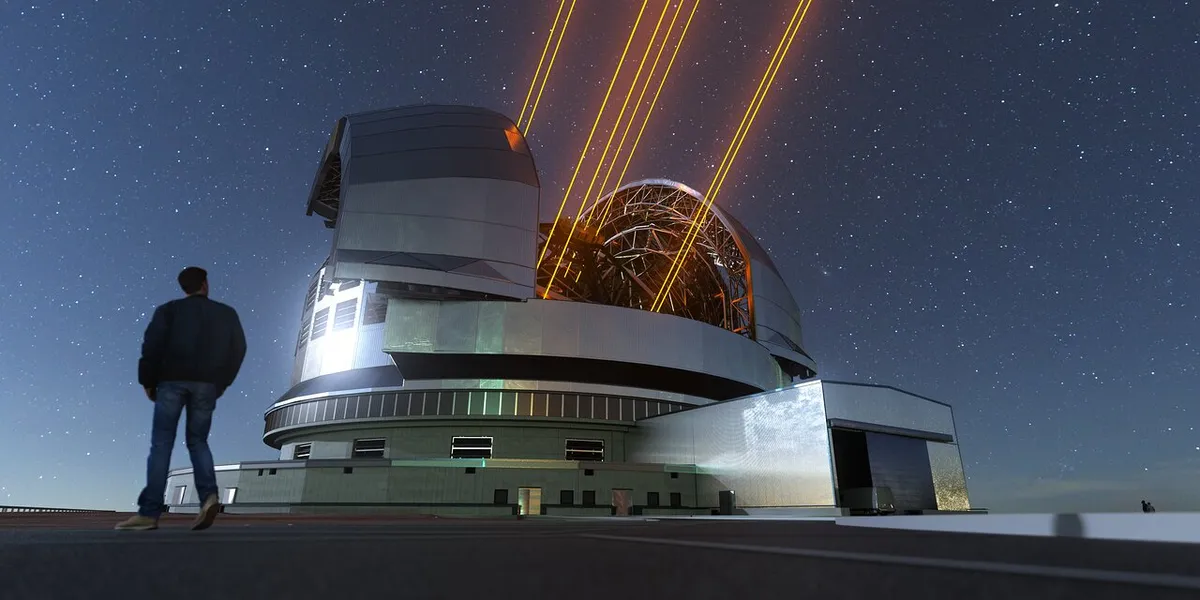If there’s one thing I love, it’s a misnomer. Shooting stars, planetary nebulae, guinea pigs… none of them does what it says on the tin.
Another great example is the term ‘physical constant’.
More mind-blowing space science

These are quantities that are so fundamental that they have the same value throughout the Universe, and have done since the dawn of time.
Or so we think!
Buckle up, readers: for one night only, I’m activating my long-dormant Physics Teacher Mode.
Charge across the Universe

I have tremendously fond memories of my teaching days, and one particularly endearing thing my A-Level students did was show off to one another (and to me) how many physical constants they had memorised.
I often pointed out that this was a legitimately pointless skill; after all, professional physicists have access to the internet.
But still, they delighted in reciting the value of elementary charge, for instance, and groaned whenever I introduced yet another constant to add to the list.
Now, elementary charge – that is, the amount of charge on a proton – is a fundamental constant of nature.
As in, every single proton in existence in the Universe, throughout all of time and space, has the exact same amount of charge.
Forgive me if I nerd out about this point for a moment, but isn’t it wild that we know this? I think so, at least.
Expansion of the Universe

Credit: Andreus / iStock / Getty Images Plus
One of the biggest mysteries at the intersection of the fields of astronomy and cosmology is the value of the Hubble constant.
This constant tells us the current rate of expansion of the Universe – but the word ‘current’ is doing a lot of heavy lifting here.
The Hubble constant is not a proper fundamental constant of nature, as its value is thought to be the same throughout space, but not time.
It’s one of those classic cases of scientists naming a thing and then learning a metric tonne more about it.
It’s a bit like the word ‘atom’, originating from the Greek for ‘indivisible’ – another great misnomer as, famously, atoms contain all sorts of smaller bits inside.
If you were a fan of Friends, that iconic 1990s sitcom, you may remember Phoebe teasing Ross about exactly this point.
Not so set in stone.
Electromagnetism

However, when it comes to constants, even some of the ones we think really are bona fide fundamental constants no longer seem to be safe.
For instance, there’s the sexily named fine-structure constant, which tells us something rather important about the strength of the electromagnetic force.
Its value is actually so important that it dictates whether or not elements like carbon can exist.
As a carbon-based lifeform myself, I care deeply about the value of the fine-structure constant.
But cutting-edge observations of quasars have recently indicated that this constant could be less constant than we previously thought.
Putting physics to the test

The upcoming ELT (Extremely Large Telescope – named with refreshing accuracy), currently being built on top of Cerro Armazones in northern Chile’s Atacama Desert, will be used in part to search for spatial and/or temporal variations in fundamental constants.
To put it simply, we may soon find out if the laws of physics are truly universal after all. This is… Big.
Honestly, cosmology isn’t usually my jam. I find it ridiculously cool, but also constantly confusing (pun very much intended).
But this bit really appeals to me. We could be on the precipice of a huge paradigm shift.
We could, in fact, soon learn that not every single proton has the same charge.
And if that happens, I’ll be tempted to tell my former students that memorising constants was even more pointless than I thought.
But really, I’ll just be thrilled that they cared enough to try. Constantly.
This article appeared in the October 2025 issue of BBC Sky at Night Magazine

